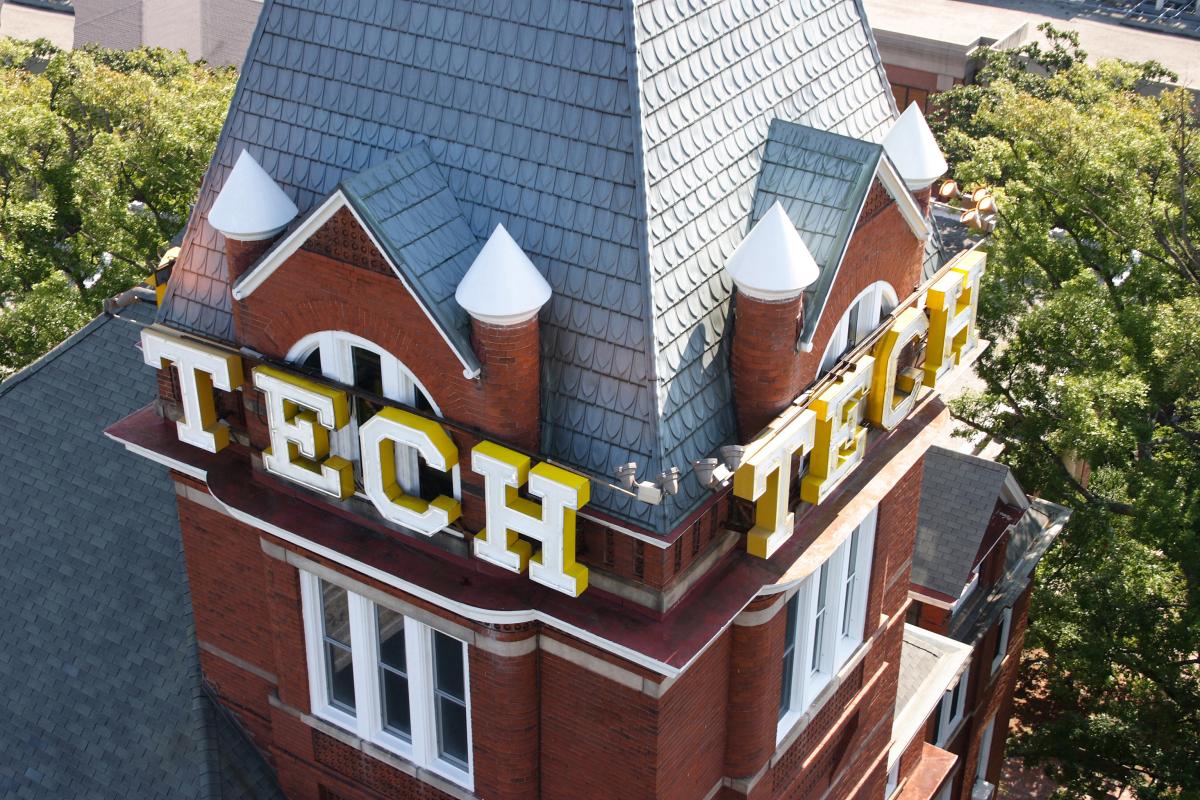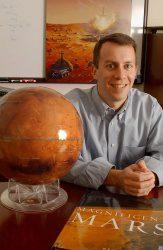
The National Academy of Engineering (NAE) has elected 67 new members and 11 foreign associates, announced NAE President C.D. (Dan) Mote Jr. This brings the total U.S. membership to 2,250 and the number of foreign associates to 214.
Election to the National Academy of Engineering is among the highest professional distinctions accorded to an engineer. Academy membership honors those who have made outstanding contributions to "engineering research, practice, or education, including, where appropriate, significant contributions to the engineering literature," and to the "pioneering of new and developing fields of technology, making major advancements in traditional fields of engineering, or developing/implementing innovative approaches to engineering education."
Braun has over 25 years' experience performing design and analysis of planetary exploration systems as a member of the technical staff of the NASA Langley Research Center and the Georgia Institute of Technology. His research has focused on systems’ aspects of planetary exploration, where he contributed to the design, development, test and operation of several robotic space flight systems.
He has also served as a leader and senior manager for a number of large, diverse engineering organizations at NASA. In 2010-2011, he served as the first NASA Chief Technologist in more than a decade. In this capacity, he served as the senior Agency executive for technology and innovation policy and programs. He created and led the initial implementation of a spectrum of broadly applicable technology programs designed to build the capabilities required for our nation’s future space missions.
This activity spanned all ten NASA Centers, industry and academia, and included building technology partnerships between NASA and other government agencies. Braun successfully advocated for an increased NASA technology budget in a time in which the fiscal environment required the overall Agency budget to decrease. He also created, staffed and managed the NASA Office of the Chief Technologist and worked to improve NASA’s organizational culture towards one that values technology development and high-risk, high-reward research.
Braun co-founded and serves as Chief Technology Officer of Terminal Velocity Aerospace, LLC, a small business providing atmospheric reentry services to enhance safety and promote the utilization of space. TVA offers small spaceflight systems designed to provide unprecedented data on the physics of reentry breakup, and for the safe return of small payloads from space.
Braun joined the Georgia Institute of Technology as the David and Andrew Lewis Associate Professor of Space Technology in 2003. He was promoted to the rank of Professor in 2009. He leads an active research and educational program focused on the design of advanced flight systems and technologies for planetary exploration. This research integrates aspects of conceptual design and analysis, technology development, computational modeling and simulation and experimental validation. Recent research projects include the development of entry, descent and landing technologies for human Mars exploration, design and analyses of inflatable aerodynamic decelerators, pinpoint landing technology assessment for planetary exploration systems, and engineering strategies for asteroid deflection and orbital debris prediction. He is responsible for undergraduate and graduate instruction in space systems design, astrodynamics and planetary entry.
Braun has led the design and technology maturation of multiple space systems. He was a member of the Mars Pathfinder design and landing operations team from 1992 to 1997 and has been part of development teams for the Mars Microprobe, Mars Sample Return and Mars Surveyor 2001 projects. From 1998-2000, he managed the development of the Mars Sample Return Earth Entry Vehicle, an innovative, risk-based entry system design. From 2001-2003, he served as the Mission Architect and Atmospheric Flight System Manager for the Aerial Regional scale Environmental Survey Mars Scout mission, a proposed scientific survey using a Mars airplane. In this capacity, he managed the Mars airplane development including the successful ground-based and high-altitude flight test program. Since 2005, he has focused on the technology maturation of a wide range of entry, descent and landing technologies, including single-stage entry systems, pinpoint-landing guidance strategies, inflatable aerodynamic decelerators and supersonic retropropulsion.
